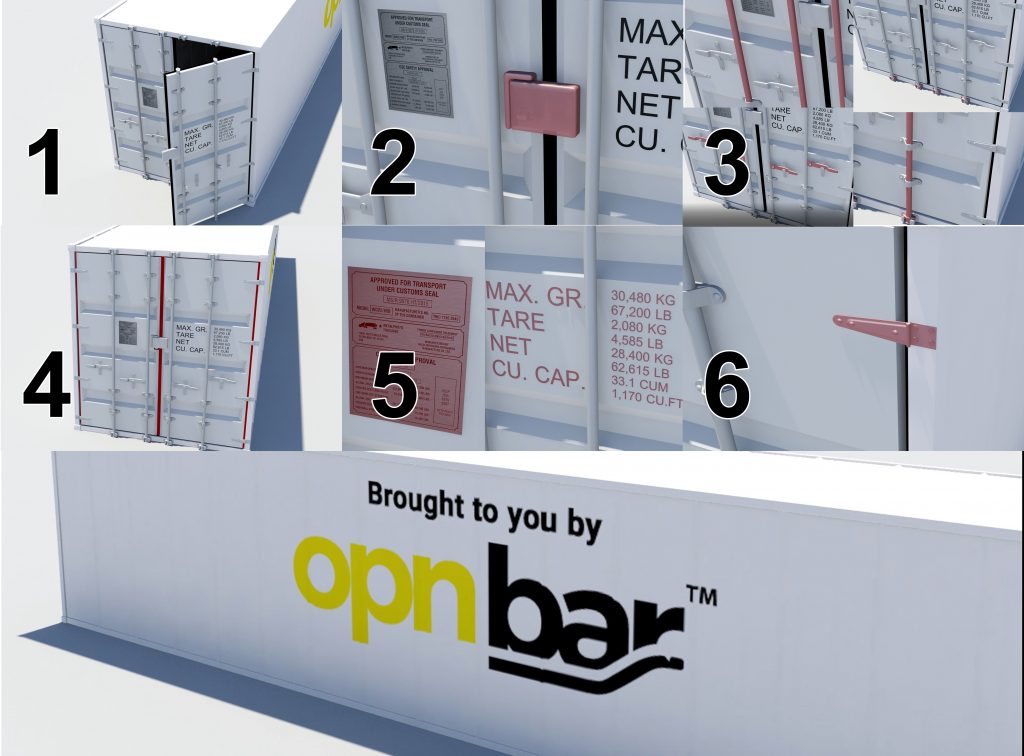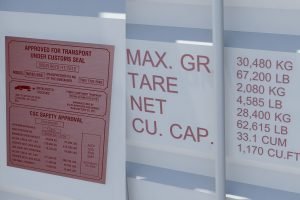What are the Differences: Shipping Containers vs. Conex Boxes
In the logistics and transportation, the humble shipping container stands as an unsung hero, facilitating global trade and commerce. However, within this domain, a debate brews quietly between shipping containers and their close cousin, the Conex box. Let's delve into the nuances of each and uncover the distinctions that define their utility in the modern world.

Origins and Evolution:
To understand the disparity between shipping containers and Conex boxes, it's crucial to delve into their origins. Shipping containers, heralded as the catalysts of globalization, emerged in the mid-20th century as a solution to the inefficiencies plaguing traditional cargo handling methods. Standardized in size and construction, these steel behemoths revolutionized the logistics industry, facilitating seamless intermodal transportation and fostering international trade.
Understanding Shipping Containers:
Shipping containers, born out of the necessity to streamline global trade, have revolutionized the way goods are transported worldwide. Standardized in size and shape, these steel giants come in various dimensions, primarily 20 or 40 feet in length, providing ample space to accommodate a diverse array of cargo. Their stackability and compatibility with various transportation modes make them the cornerstone of modern logistics operations.

Exploring Conex Boxes:
Conex boxes, short for "Container Express," trace their lineage back to the U.S. military's logistical needs during World War II. Originally designed to expedite the deployment of supplies and equipment to the front lines, Conex boxes featured rugged construction, reinforced corners, and standardized dimensions. Over time, their utility expanded beyond military applications, finding use in diverse sectors ranging from construction to disaster relief.
Conex boxes, often interchangeably referred to as shipping containers, are a specific subset of steel containers primarily used by the U.S. military. Originally designed during World War II, Conex boxes share many similarities with standard shipping containers but possess distinct characteristics tailored to military requirements. Typically, Conex boxes feature rugged construction, reinforced corners, and enhanced security features, making them ideal for military deployments, storage, and mobile command centers.
Comparative Analysis:
While shipping containers and Conex boxes share common ancestry and serve overlapping purposes, several differentiating factors set them apart:

Construction and Durability:
Shipping containers are built to withstand the rigors of international shipping, featuring standardized construction and corrosion-resistant steel. On the other hand, Conex boxes, designed for military applications, prioritize durability, often boasting reinforced walls and security enhancements to withstand harsh environments and potential security threats.
Purpose and Applications:
Shipping containers find ubiquitous use in global trade, serving as the backbone of containerized shipping, storage, and modular construction. Conversely, Conex boxes cater primarily to military needs, encompassing storage, transportation, and deployment of equipment and personnel in combat zones or disaster relief efforts.

Security Features:
While both containers offer secure storage solutions, Conex boxes typically incorporate additional security features, such as lockable doors, tamper-proof seals, and reinforced locking mechanisms, to safeguard sensitive military assets and equipment during transit or storage.
Accessibility and Availability:
Shipping containers enjoy widespread availability across commercial ports, terminals, and logistics hubs worldwide, offering convenient access and seamless integration into supply chain networks. Conversely, Conex boxes, primarily managed by military entities, may have restricted access and availability outside military installations or surplus markets.
Distinguishing Features:
While shipping containers and Conex boxes share a common ancestry and outward resemblance, several key distinctions set them apart:
1. Construction and Durability:
Shipping containers adhere to strict international standards, boasting uniform construction and corrosion-resistant steel. Conversely, Conex boxes prioritize durability and resilience, featuring reinforced walls, heavy-duty flooring, and fortified corners to withstand the rigors of military deployments and harsh environments.
2. Size and Capacity:
Shipping containers typically come in standardized lengths of 20 or 40 feet, offering ample space to accommodate various cargo types. In contrast, Conex boxes may vary in size, ranging from 10 to 40 feet in length, with certain models designed for specialized applications such as mobile command centers or field hospitals.

3. Security Features:
While both containers provide secure storage solutions, Conex boxes often incorporate additional security features tailored to military requirements. These may include lockable doors, tamper-proof seals, and reinforced locking mechanisms to safeguard sensitive equipment and assets during transit or storage.
4. Accessibility and Availability:
Shipping containers enjoy widespread availability across commercial ports, terminals, and logistics hubs worldwide, facilitating seamless integration into global supply chains. Conversely, Conex boxes, managed primarily by military entities, may have restricted access and availability outside military installations or surplus markets.

Conclusion
In the grand tapestry of global logistics, shipping containers and Conex boxes stand as distinct yet intertwined threads, each weaving its narrative of utility and resilience. While shipping containers reign supreme in the realm of commercial trade and transport, Conex boxes carve a niche in military logistics, where durability, security, and adaptability are paramount. As the world continues to evolve, these stalwart containers will undoubtedly play an indispensable role in shaping the future of global commerce and defense logistics.
WEBSITE: https://www.shippingcontainertool.com/what-is-a-shipping-container/
ADDRESS: 10053 Whittwood Dr,
Suite 11284 Whittier,
CA 90603 USA | 657.6.OPNBAR
(657-667-6227)
VIDEO:
Comments
Post a Comment